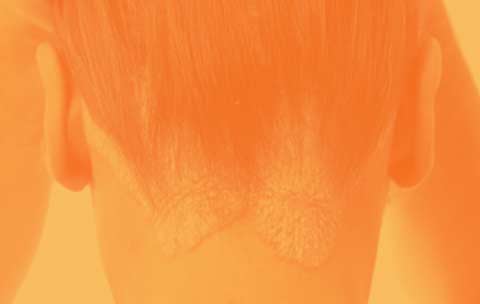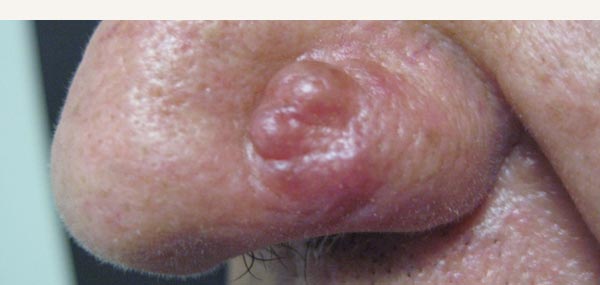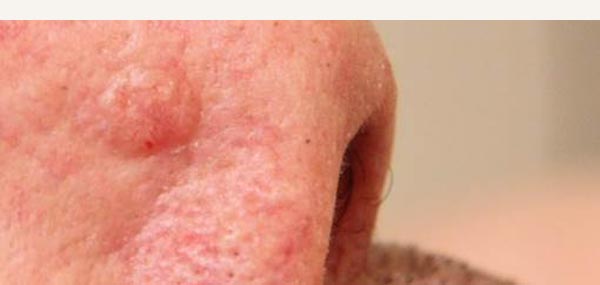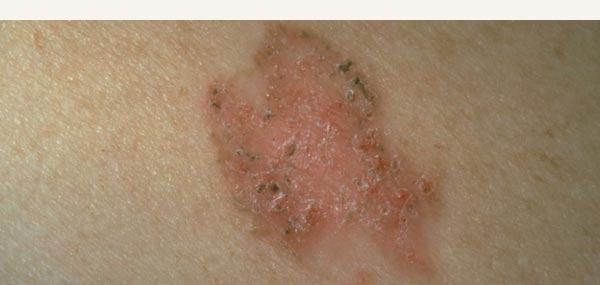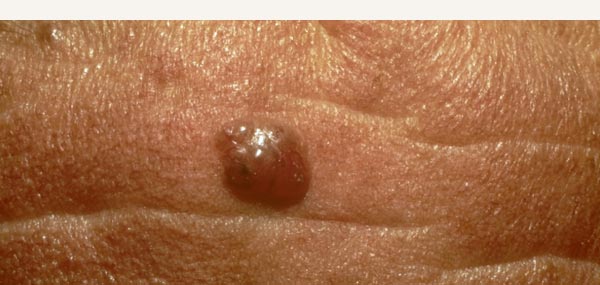Basal Cell Carinoma
Basal Cell Carcinoma (BCC) is the most common form of skin cancer.
BCC grows slowly from cells in the lower part to the upper layer of the skin, often taking months to years. They usually develop as small, round, raised, red, pale or pearly-coloured spots and can occur on any area of the body. It is rare however for BCC’s to spread throughout the body.
A BCC may become ulcerated like a sore that will not heal. If left untreated they can grow and erode adjoining tissue, which can result in significant loss of tissue. This occasionally results in loss of whole organs, such as the nose, ear and eye.
Types of BCC
- Nodular BCC’s – They start as round, hard, red or red-grey pearly bumps, which might continue to extend and ulcerate if left untreated. This is the most common form of BCC.
- Pigmented BCC’s – This is similar to the nodular BCC but has areas of pigmentation (darker areas) and could be confused with melanoma.
- Superficial BCC’s – These occur mainly on the trunk as a red patch. The edge of these tumours can be difficult to distinguish.
- Morphoeic BCC’s – These look like a yellow-white scar and are often mistaken for one. These BCC’s are often bigger then they first appear to the naked eye and may require special treatment.

